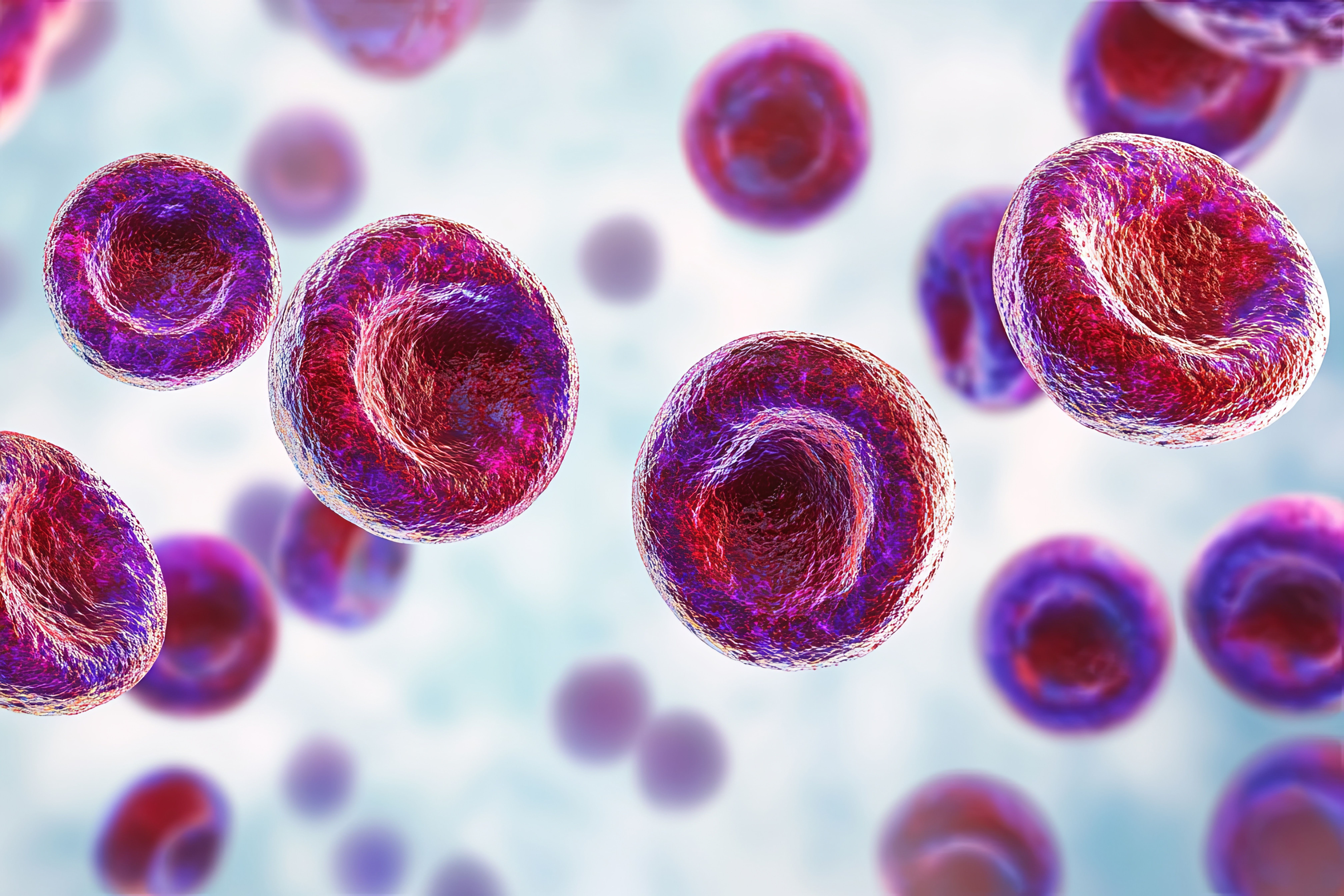News
Article
Study Implicates AXL in Skin Cancer Development in CLL
Author(s):
The authors said their findings also suggest AXL inhibition might be an important therapeutic strategy.
Aberrant activation of the receptor tyrosine kinase AXL appears to play a role in driving the progression of squamous cell carcinoma (SCC) in patients with chronic lymphocytic leukemia (CLL), a new report has found. The study, which was published in the British Journal of Cancer, suggests that inhibition of AXL might be a useful therapeutic target for patients with skin cancer and CLL.1
People with CLL have a higher risk of developing skin cancers, including SCC, explained corresponding author Sutapa Sinha, PhD, of the Mayo Clinic and colleagues. A diagnosis of SCC on top of a CLL diagnosis can be a significant morbidity issue, the investigators said, and sometimes the skin cancer can metastasize. One study of patients with CLL and non-basal cell carcinoma skin cancer found mortality rates were as high from skin cancer as from CLL, and that patients with CLL with a high Rai stage had a “significantly higher” risk of poor outcomes from skin cancer.2
Skin cancer is a dangerous morbidity risk in patients with CLL | image credit: Mari-stocker - stock.adobe.com

“Clearly, both the prevention and early detection of skin cancer is critical to improve skin cancer outcomes in CLL patients,” Sinha and colleagues said.
In an effort to better understand the links between CLL and skin cancer, the investigators decided to look to AXL, which, along with TYRO3 and MER make up the “TAM” family of receptor tyrosine kinases. The authors noted that AXL has already been identified as an adverse prognostic biomarker in both solid tumors and hematologic malignancies.
“Indeed, aberrant AXL signaling has been implicated in the pathobiology of different human skin cancers,” they wrote. “Thus, increased expression of AXL is associated with SCC compared to normal skin.”
The team of investigators has already shown that AXL is present in both CLL cells and in circulating extracellular vesicles (EVs) produced by leukemic B cells. Given that EVs interact with other cells in their microenvironment, they decided to study whether aberrant expression of AXL might in fact be linked with the progression of SCC.
The investigators purified CLL cells and EVs from the blood and plasma of patients with CLL. They then assessed the expression and activation of AXL in both SCC tissues and in normal keratinocytes (HEKa). They found that SCC cell lines had aberrant activation of AXL, but also of AKT and ERK-1/2.
“We also detected increased expression of AXL in primary SCC tissues obtained from CLL patients,” Sinha and colleagues said. “Increased activation of AXL, AKT, ERK-1/2 and Src was discernible in HEKa upon co-culturing with CLL cells.”
The authors said they also suspected that the AXL ligand Gas6—which is produced by CLL cells—might regulate AXL signaling.
“Indeed, exogenous treatment of HEKa cells with Gas6, was found to increase phosphorylation on AXL as well as AXL downstream signal proteins,” they wrote.
They added that exposing keratinocytes to leukemic EVs induced expression of AXL, P-AKT, and epithelial-to-mesenchymal transition-associated markers, leading to migration of the cells.
Notably, Sinha and colleagues found that SCC cell lines were sensitive to therapeutic inhibition of AXL in a dose-dependent manner. However, the authors cautioned that AXL inhibition would likely need to be used in combination with agents targeting other compensatory pathways in order to maximize its effect.
Still, they said their findings show that AXL is an important player in skin cancer in patients with CLL, and should be a consideration as therapies are developed to manage patients with CLL and skin cancer.
References:
- Sinha S, Guo R, Del Busso MD, et al. Aberrant activation of AXL may drive progression of squamous cell carcinoma in CLL patients: a mechanistic study with clinical implications. Br J Cancer. 2024;131(3):589-600. doi:10.1038/s41416-024-02752-1
- Velez NF, Karia PS, Vartanov AR, Davids MS, Brown JR, Schmults CD. Association of advanced leukemic stage and skin cancer tumor stage with poor skin cancer outcomes in patients with chronic lymphocytic leukemia. JAMA Dermatol. 2014;150(3):280-287. doi:10.1001/jamadermatol.2013.6249





